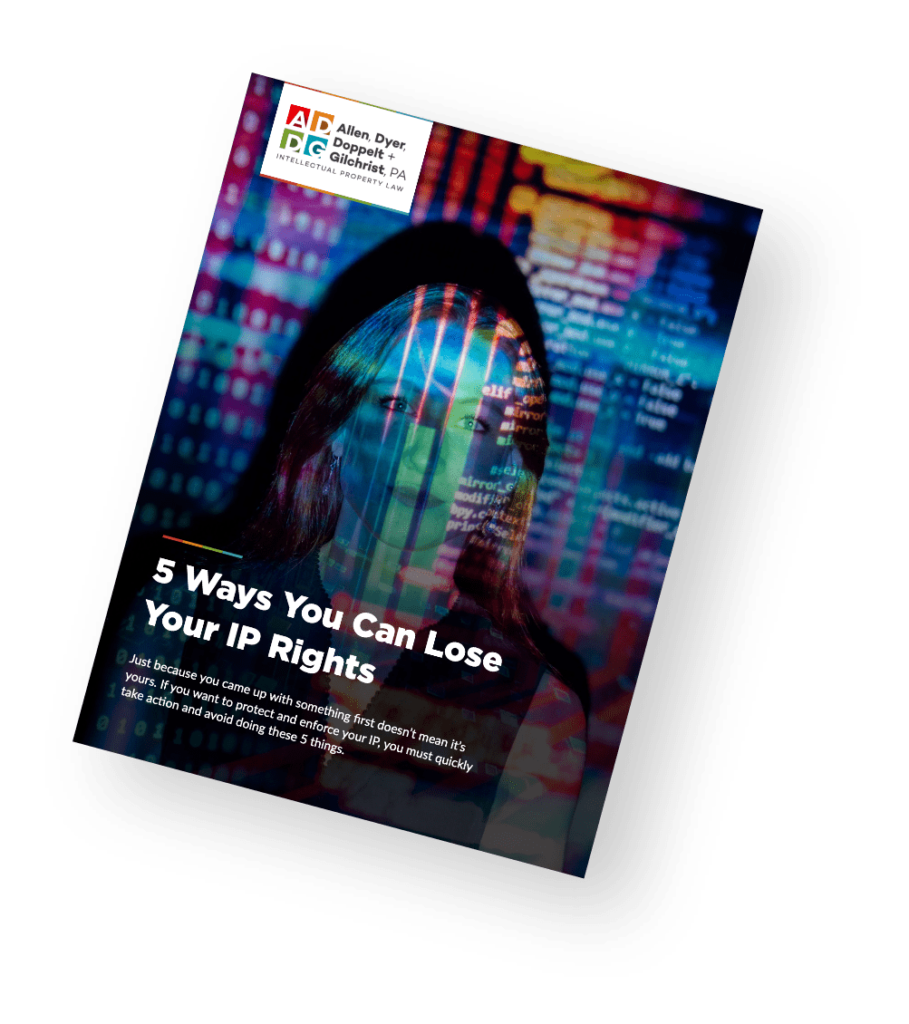Obtaining a patent is an important step for inventors and businesses looking to protect their valuable inventions. However, the process of getting a patent can be complex and time-consuming. In this article, we will explore the factors that influence the time it takes to get a patent, the importance of obtaining a patent, the steps involved in the patent approval process, and what to do if your patent application gets rejected.
Patent Approval Time
The time it takes to get a patent can vary significantly and depends on several factors. These factors include the type of patent (i.e., design patent, plant, or utility patents), the technology field of the invention (applying for a patent in some fields, such as computer software and business methods, can take even more time), the complexity of the active prosecution process, and the backlog of patent applications for the assigned art unit at the USPTO. On average, it can take anywhere from one to three years to obtain a patent from the filing date of the non-provisional patent application.
You may choose to file a provisional patent application for an invention in progress, but you will still be required to file a non-provisional application when the invention or innovation is complete. Further, the time spent converting the provisional application into a non-provisional application is added onto the time to secure an issued patent.
Why is a Patent Important?
Obtaining a patent provides inventors with exclusive rights to their inventions. In particular, the patent rights include preventing others from making, using, or selling the patented invention without permission from the patent holder. Patents offer several benefits, including:
- Protection: A patent protects your invention from being copied or exploited by others, giving you a competitive advantage in the market.
- Monetization: Patents can be valuable assets that can be licensed, sold, or used as leverage in business negotiations.
- Market Exclusivity: With a patent in hand, you have the freedom to bring your invention to market without worrying about competitors copying your idea.
Preparing Your Patent Application
Before filing a patent application, it is essential to prepare and draft your application carefully. Here are some key considerations:
- Prior Art Search: Conduct a thorough search of the prior art (i.e., old technology as available in the patent databases around the world and other publications) to ensure that your invention is novel and not already patented. This step helps you assess the patentability of your invention and avoid unnecessary costs and rejections. Further, this gives you a preview as to the complexity of the active prosecution, and potential added delay in securing the patent.
- Documentation: Prepare detailed and accurate documentation of your invention, including drawings, specifications, and a clear description of how it works. Clearly define the inventive aspects of your invention to establish its uniqueness. Also, you need to describe the different permutations/versions (i.e., embodiments in patent applications) of your invention.
- Professional Assistance: Working with an experienced patent attorney or agent can greatly enhance your chances of success. They have expertise in navigating the complex patent application process, ensuring that your application meets the legal requirements and maximizing your chances of approval. More importantly, this will help ensure any patent you receive is enforceable and commercially valuable.
Steps to Patent Approval
The patent approval process typically involves the following steps:
- Filing: Submit your patent application to the appropriate patent office. In the United States, this is the United States Patent and Trademark Office (USPTO). The application includes the specification, drawings, and claims defining the scope of your invention.
- Backlog: The USPTO operates on a first in first out (FIFO) arrangement. Your application has to move through the queue before it is taken up by the USPTO, and depending on the technology, this time period can exceed 2 years.
- Publication: Once your application meets the initial requirements, it will be published, making your invention’s details available to the public. This typically occurs 18 months from first filing, and is usually before active prosecution.
- Examination: Once the application is out of the queue, the Examiner at the USPTO will review your filed patent application, examining its compliance with legal requirements and assessing its subject matter eligibility, novelty, and non-obviousness. This opinion is issued in an Office Action, and the Applicant must respond to it in a timely manner. This period continues until either the Applicant gives up, or the USPTO concludes the invention is patentable and issues a Notice of Allowance.
- Patent Grant: Once the Notice of Allowance issued, the Applicant must pay an issue fee, which sends the application to issuance. Before issuance, Applicants have the opportunity to file related applications called continuation applications.
Patent Pending Explained
While waiting for your patent application (both provisional and non-provisional applications) to be approved, you can use the term “patent pending” to notify the public that you have applied for a patent. This phrase alerts others that your invention is in the process of being patented and may discourage potential competitors from copying your idea. “Patent pending” does not grant you any legal rights, but serves as a deterrent against infringement during the application process.
What if My Patent Gets Rejected?
Receiving a rejection on your patent application is not uncommon. Indeed, a majority of patent applications are initially rejected, including many that eventually mature into issued patents. However, it doesn’t necessarily mean the end of the road. There are several options available if your patent application is rejected.
- Office Action Response: If your application receives an initial rejection, you have the opportunity to respond with a detailed response. This response addresses the Examiner’s rejections and provides arguments, evidence, or amendments to overcome any objections. Most importantly, the response may include claim amendments to overcome the rejections.
- Appeal: If your application is rejected more than once, you can appeal the decision to a higher authority within the USPTO (i.e., Patent Trial and Appeal Board). An appeal brief and an appeal fee are typically required. The appeal process can be lengthy (i.e., adding years of wait), but it provides an opportunity to present your case to an independent review board.
- Continuation or Continuation-in-Part Applications: In some cases, you may choose filing a continuation application. There are two types of continuation applications (standard continuation application and continuation-in-part application). A continuation-in-part application allows you to provide new evidence that was not included in the original application, and to introduce new subject matter related to your original invention.
- Request for Continued Examination: If after two rejections, you wish to continue to the active prosecution with the Examiner. Applicants may file a request for continued examination of the application. This can involve providing additional arguments or evidence to address the examiner’s concerns. In short, this restarts the examination process with the original filing date.
Navigating the Patent Approval Process
Obtaining a patent is a time-consuming process, but the protection and benefits it offers to inventors and businesses are invaluable. Patience, perseverance, and strategic decision-making are key, and our experienced team of patent lawyers at Allen, Dyer, Doppelt & Gilchrist stand ready to help you file a patent application, or with any stage in the patent registration process. Contact us to schedule a consultation today!
About the Author
Jack Abid practices in the area of patent prosecution and IP portfolio management. His patent prosecution experience includes electrical and electronic equipment, telecommunications equipment and cables, laser and optical devices, semiconductor devices, semiconductor processing, mechanical devices, medical devices including implants and telemedicine, and software.

Share This



